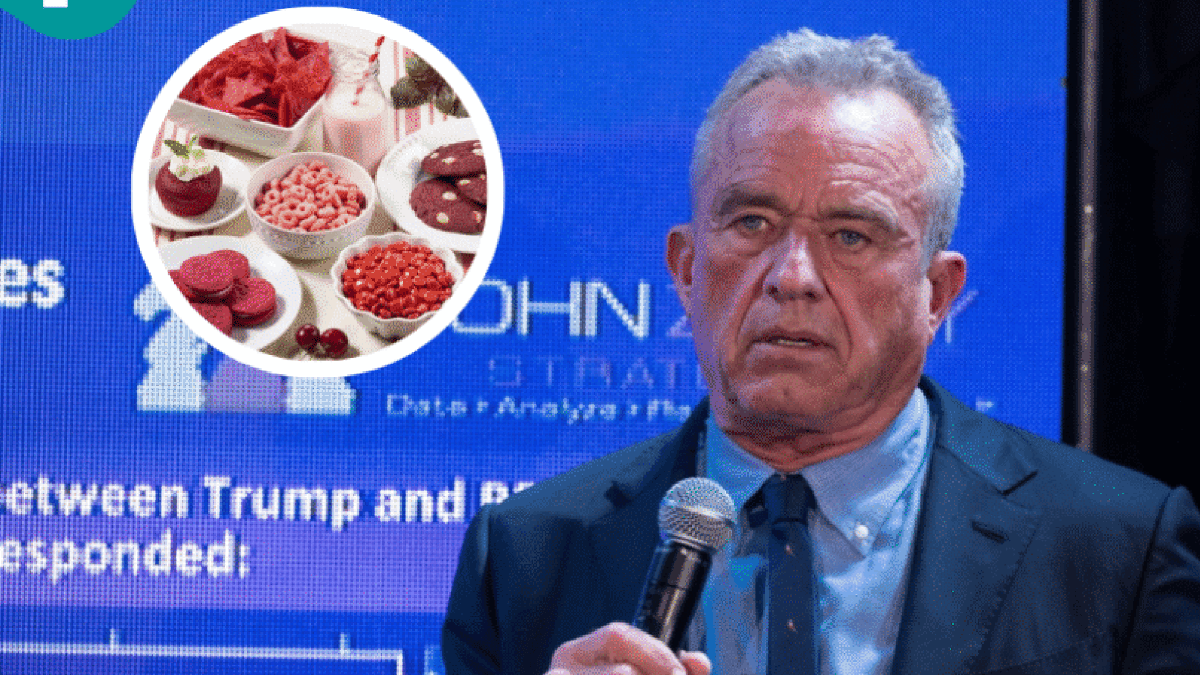This initiative, presented alongside the FDA and food activists, aims for a voluntary reformulation towards natural alternatives like carmine, turmeric, and beetroot, or the inclusion of warning labels on products that still contain these artificial additives.
The move comes shortly after the FDA’s ban on Red No. 3, and now puts eight other petroleum-derived dyes under scrutiny, some of which are widely used. Among them are Citrus Red No. 2 and Orange B, whose production is limited and immediate elimination is advocated, according to Dr. Martin Makary, FDA commissioner. However, concerns extend to more common dyes like Red 40 (found in sports drinks, snacks, and candies), Yellow 5 (used in seasonings, cereals, and mustards), Blue 1 (in popular sodas), and Green 3 (in over-the-counter medications).
The main advantage for the industry in using these synthetic dyes lies in their cost-effectiveness, stability, and resistance to fading compared to natural options. These dyes are created from hydrocarbons extracted during petroleum refining, fused with salts to achieve vibrant and long-lasting colors.
Nevertheless, doubts about their safety for health have been a constant concern for consumers and researchers. Robert F. Kennedy Jr., who championed this issue during his presidential campaign, acknowledged the work of activists and “warrior moms” in pushing for this change. During the press conference, Dr. Makary was blunt in stating that “children have been living in a toxic atmosphere of synthetic chemicals,” citing studies linking these dyes to health issues like Attention Deficit Hyperactivity Disorder (ADHD) and cancer.
Kennedy praised food companies for working with the Trump administration to eliminate the dyes. “If they want to eat petroleum, they should add it themselves at home,” he said he told his staff. “They shouldn’t be feeding it to the rest of us.”
The Science Behind the Suspicion: Dyes, ADHD, and Cancer
The connection between synthetic food dyes and ADHD has been debated for over a decade. While the European Union concluded that the evidence was convincing and implemented warnings on products with these dyes, the U.S. FDA initially considered that more research was needed. However, a 2021 report by California EPA researchers suggested that these dyes could indeed affect the behavior of some children, leading Governor Gavin Newsom to order their removal from snacks in California public schools by 2027. Although the exact mechanism is not yet fully understood, some research points to the interaction of dyes with histamine or a possible genetic factor making some children more susceptible.
Regarding cancer, in the late 1980s, it was discovered that high doses of Red 3 dye caused thyroid tumors in laboratory rats. This led the FDA to declare it a carcinogen in cosmetics in 1990, although its ban in foods took 30 years to materialize. Subsequent studies have also raised concerns about other dyes. A 2012 review linked Red 40 to various types of cancer, and FDA tests in the 1990s found carcinogenic contaminants in some batches of Yellow 5 and Yellow 6, although the agency considered the risk too low to warrant action.
Beyond ADHD and cancer, a possible relationship between synthetic dyes and allergic reactions in children has been suggested, with studies indicating that Red 40 and Yellow 5 could cause hives in some people. Their possible link to insulin, genomic alteration, and gastrointestinal issues has also been explored, although evidence in humans is still limited and mainly based on in vitro and animal studies.
The National Confectioners Association has expressed disagreement with the proposal, defending the safety of its products and ingredients according to the FDA and other regulatory bodies worldwide. However, Dr. Makary’s optimism during the press conference, suggesting natural alternatives like watermelon juice, reflects a growing pressure for a shift towards cleaner and healthier eating.
A Future Without Artificial Dyes: Real Benefit for Your Well-being?
The U.S. initiative could mark a turning point in how processed foods are produced and consumed. The potential elimination of these synthetic dyes, or at least greater transparency through warning labels, could empower consumers to make more informed decisions about what they put on their plates and ultimately positively impact their health and well-being. We will be watching how this situation evolves and the responses of the food industry to this call to action.

